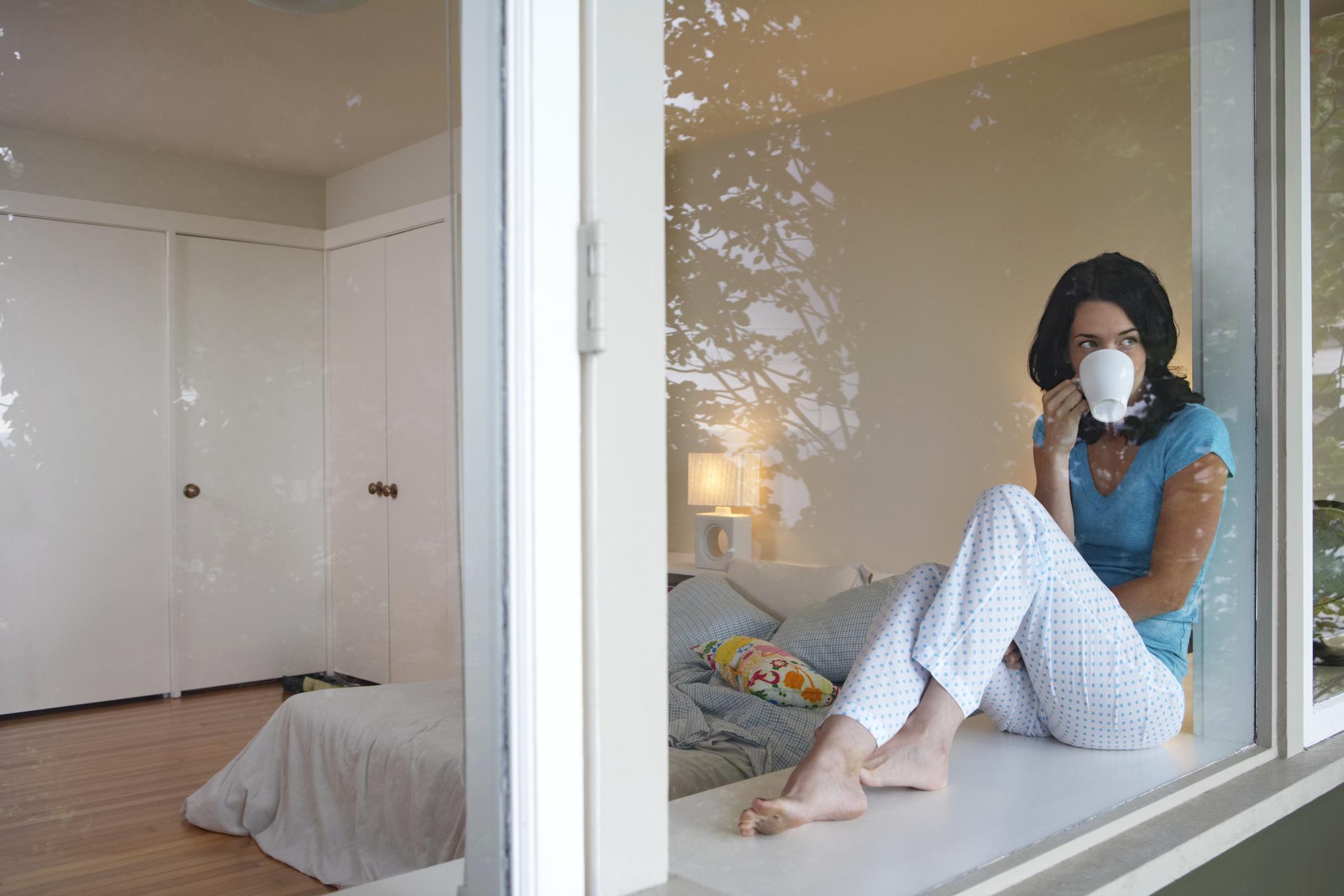Mathematically modelling the virus

Researchers from the University’s School of Mathematical Sciences are part of a national team of experts modelling and analysing early data to help predict the course of the COVID-19 pandemic and inform the public health response.
‘Flattening the curve’ has become the catchphrase used to explain that the measures put in place are being successful in controlling the spread of the virus.
Dr Andrew Black, Lecturer in Applied Mathematics and his team at the University have explained, using maths, how the curve is flattened.
Early modelling of the spread of the virus from an infected person who comes into contact with others, shows the exponential growth of the pandemic behaves like in a random branching process.
In the absence of a vaccine or other ways of halting the virus social distancing and good hand hygiene are essential measures to combat the pandemic.
The mathematicians used network analysis to explain why breaking people’s social networks, by reducing their interaction with others, slows the spread and flattens the curve.
As we know from different scenarios being played out around the world, where social networks have not been broken through the early adoption of social distancing and cancellation of large events, the results have been devastating as hospital resources have subsequently been swamped.
Dr Black’s article in The Conversation provides insight into the work his team undertook.
Work is ongoing on how best to tackle the unfolding pandemic. Dr Black is working with his colleagues from other organisations to inform the government and health authorities about how to tackle the spread of the virus in Australia.
Current work is focusing on a closer analysis of the early Australian data to quantify the true transmissibility and severity of this disease and to produce forecasts to inform the public health response.
Effective mathematical modelling, such as the work that Dr Black and his colleagues have carried out, is essential to knowing whether the curve is being flattened, and if we are winning the war against the virus.
